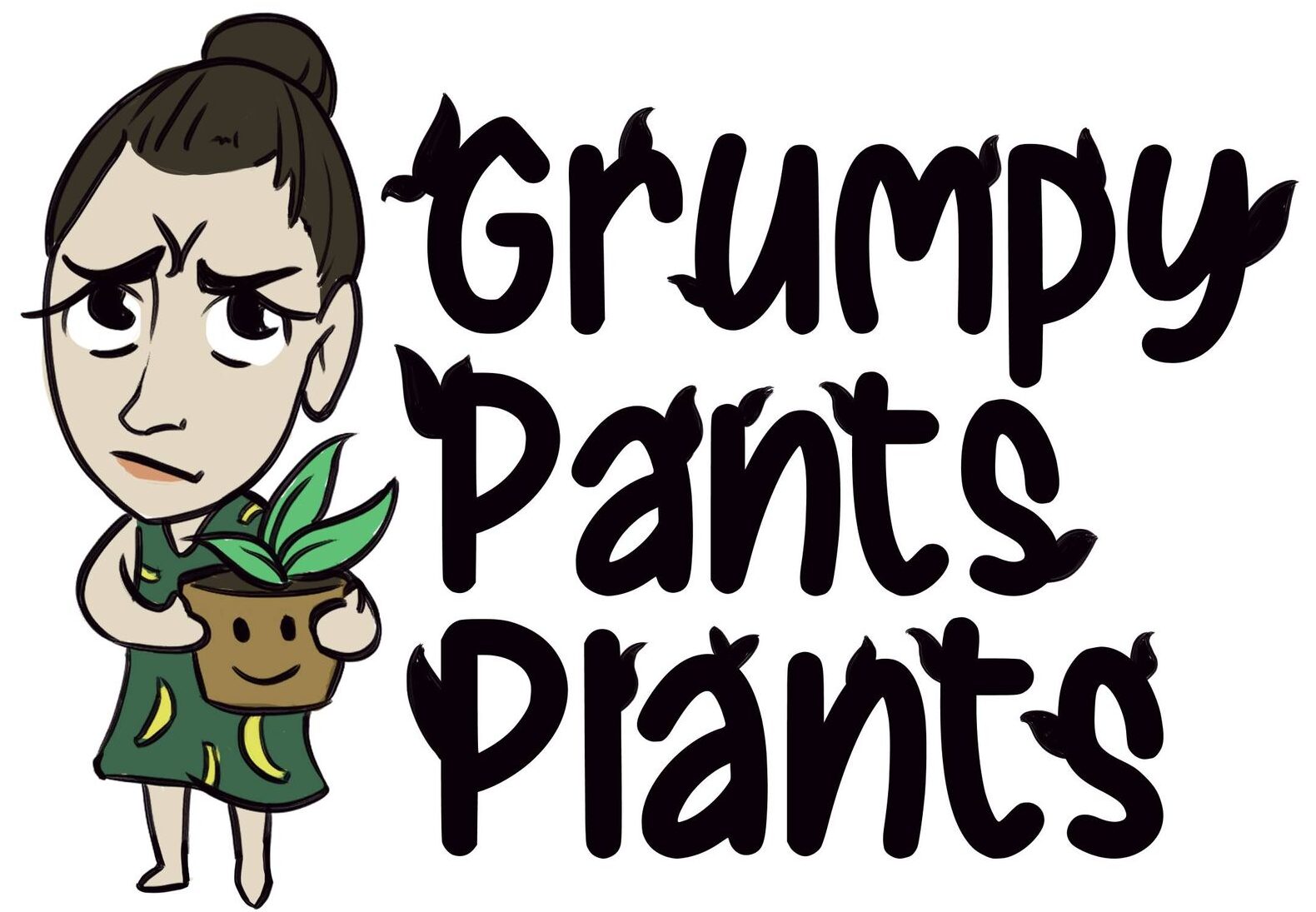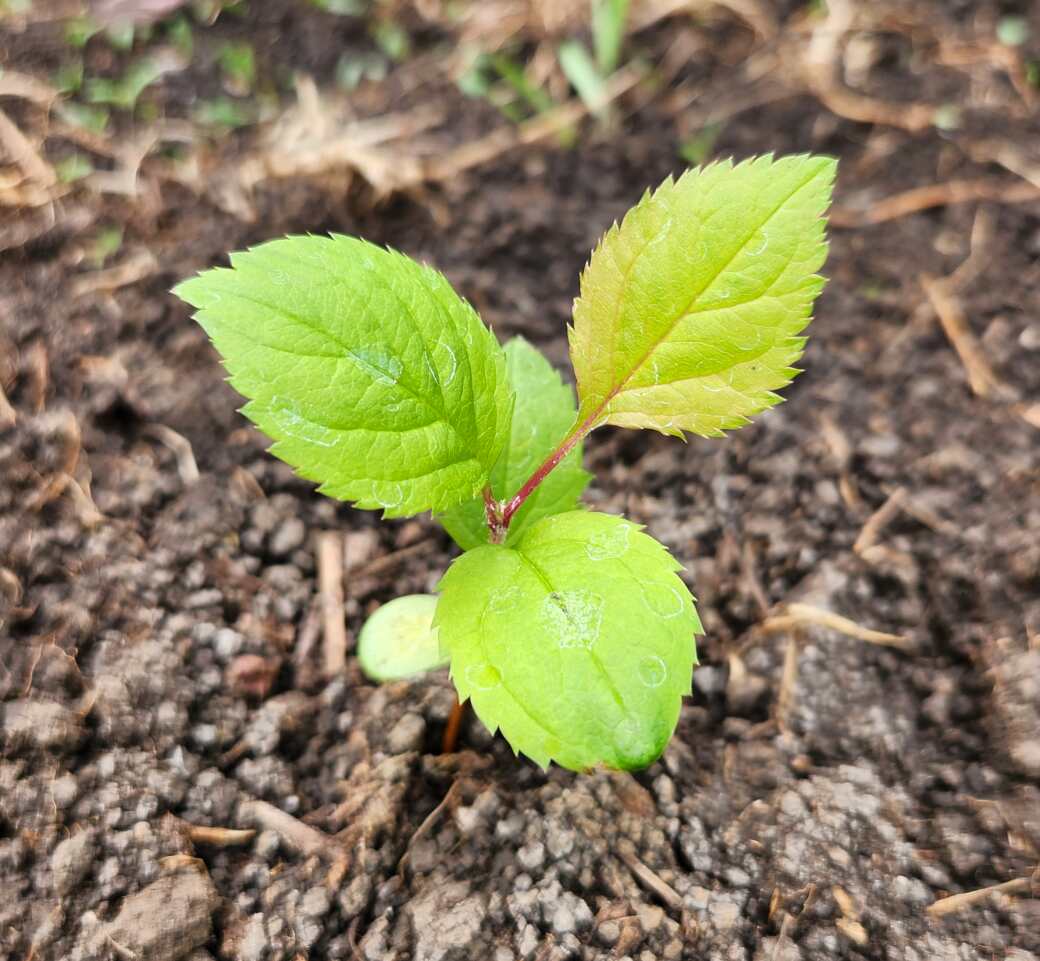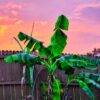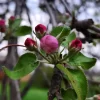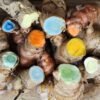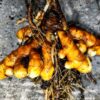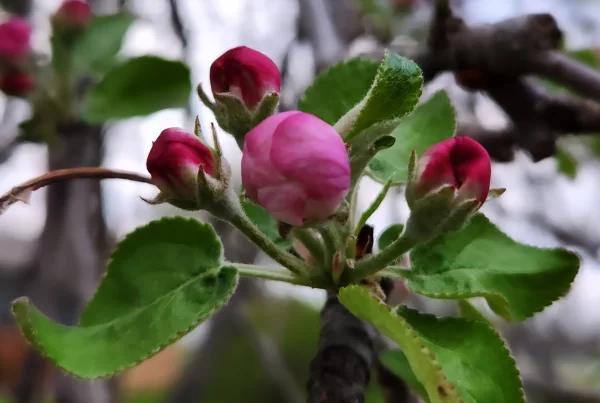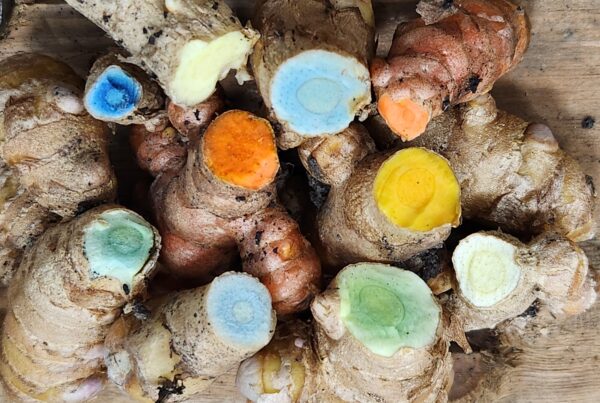What led to my current apple seedling adventures? It all started with my daughter. Two years ago, I bought her the First Discovery Fruit book. It had a picture of several apple varieties, including a russet, a brown apple. Prior to this reading, I thought that russet only described potatoes. This children’s book led me down the rabbit hole of learning about heirloom apple varieties. I was amazed at how many there were. Below see pictures of some russeted apples (from left to right: tomato, egremont russet, windfall golden).
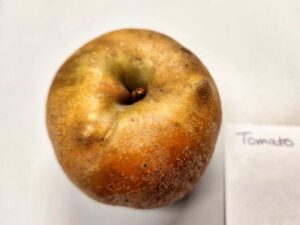
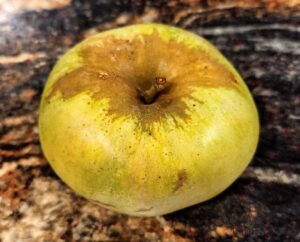
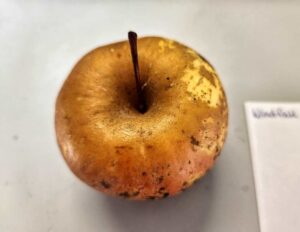
Internet searches led me to the names of heirloom apple orchards in the country. I convinced a good friend to purchase some from Weston’s Antique Apple Orchard and give me reviews. She even mailed me two favorites (pink pearl and cox’s orange pippin). The pink pearl was tart with a slight rose aroma. The cox’s orange pippin was wonderfully complex. Both were delicious. I saved the seeds from them on a whim. I placed them in damp sand in my refrigerator.
This past fall I had the opportunity to attend Seed Saver’s Exchange apple tasting event. I was amazed at the variety of flavors in the apples I tasted (see my review of some here). I decided to keep my favorites to try to sprout and plant. (These included chestnut crab, windfall golden, golden russet, bethel, black gilliflower, and ramsdell sweet).
Then, while looking into red-fleshed apple varieties, I learned about Skillcult, a guy who is working to breed improved red-fleshed, russet, and intensely flavored apples. He notes that crosses with two good parents often lead to new good apple varieties, despite what some internet sites say. This inspired me plant a large seedling bed rather than just a few seeds. Every spring Skillcult sells apple seeds from his crosses, and I bought a few. I’m most hopeful about rubyiat x sunrise and tomboy crab x jellybean cider.
Growing Apple Seeds
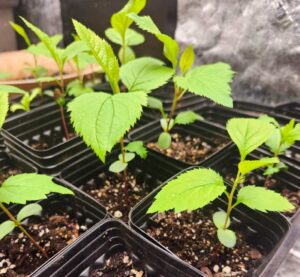
Apple seeds need at least six weeks of cool temperatures to sprout. A container with moist sand in a refrigerator works best; this technique gives me approximately a 90% germination rate. Once seeds sprout, I place them in soft potting soil in tall tree pots to encourage root development. I keep them in a climate controlled shop at 65 degrees with ten hours of light from a grow light daily. This is partly to keep seedlings from animals that might eat them, but also because Iowa’s typical frost-free date is not until May.
Transplanting Apple Seedlings
Once seedlings have at least three or four true leaves, they can be moved to a protected area outside. Be sure to keep your young seedlings watered well as they adjust to outdoor life. Their roots are still small and they need to be treated with care.
I recommend waiting until the average frost-free date for your area, as seedlings can be damaged by a hard freeze. However, temperature is not the only consideration for planting. Too much wind or excessive dry heat can also damage your apple seedlings. This year I made the mistake of planting the day prior to a storm. Several of my seedlings were damaged or otherwise stressed by sustained heavy wind gusts during a tornado watch. Oops. See below for a variety of seedling health: from left to right, mystery seedling that I forgot to label, amberwine x golden russet, open pollinated egremont russet.
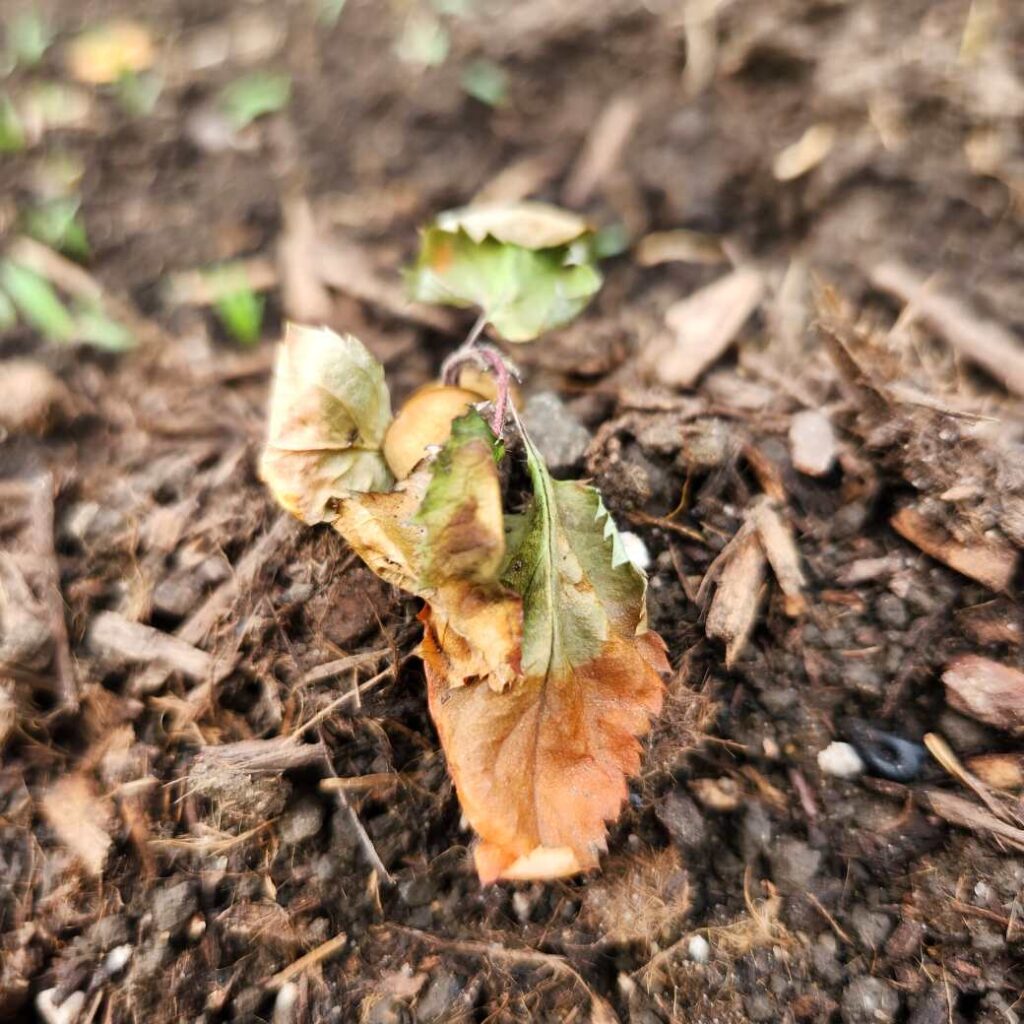
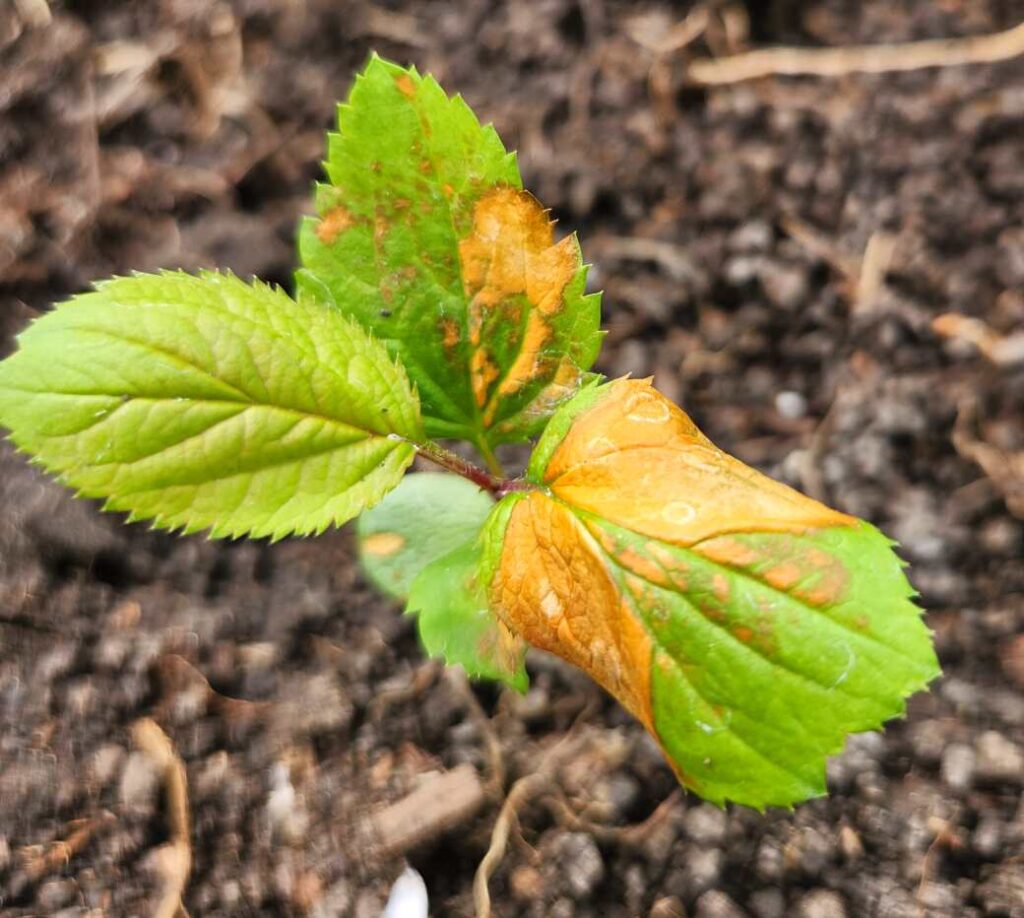

Depending on your location, fencing may be necessary to keep small (or large) critters from eating and/or trampling your sprouts. In rural Iowa, rabbits and deer find new apple growth as appealing as children find candy. Protect your hard work and put up a fence before you plant! If you have more than a few seedlings, I recommend planting them between 1 and 2 feet apart. This will allow you to protect them without spending a fortune on fencing.
Not all seedlings will survive past this stage, and this is okay. Although I’m primarily growing new varieties for new flavors, I also want them to be strong and healthy. Of the 84 seeds that initially sprouted, I lost 3 prior to transplanting and 5 in the first days following transplanting (total 8, or about 10%). A few more are questionable, but I am rooting for them to recover. So far my windfall golden seedlings seem the toughest, with some rubyiat crosses exhibiting excellent resiliency as well (left to right- windfall golden open pollinated, windfall golden open pollinated, rubyiat with unknown intentional cross from Skillcult).
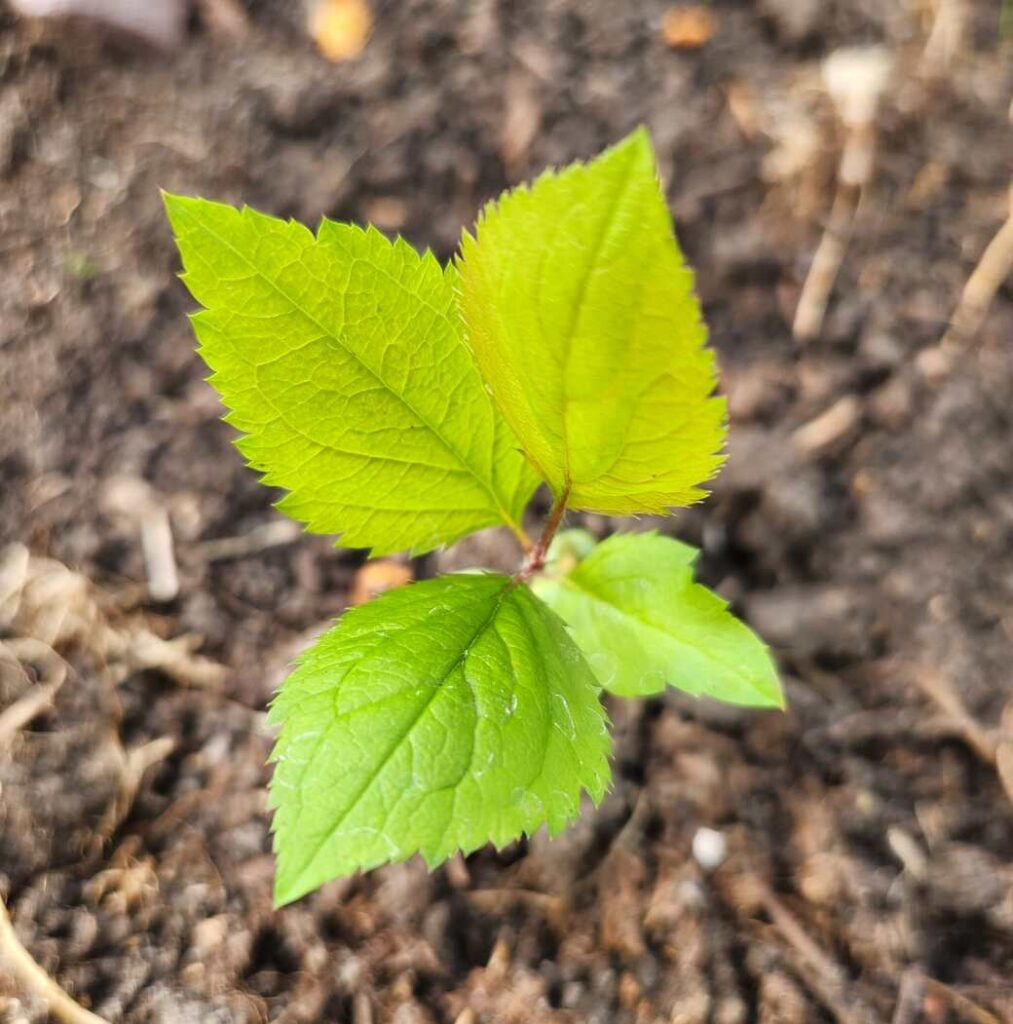
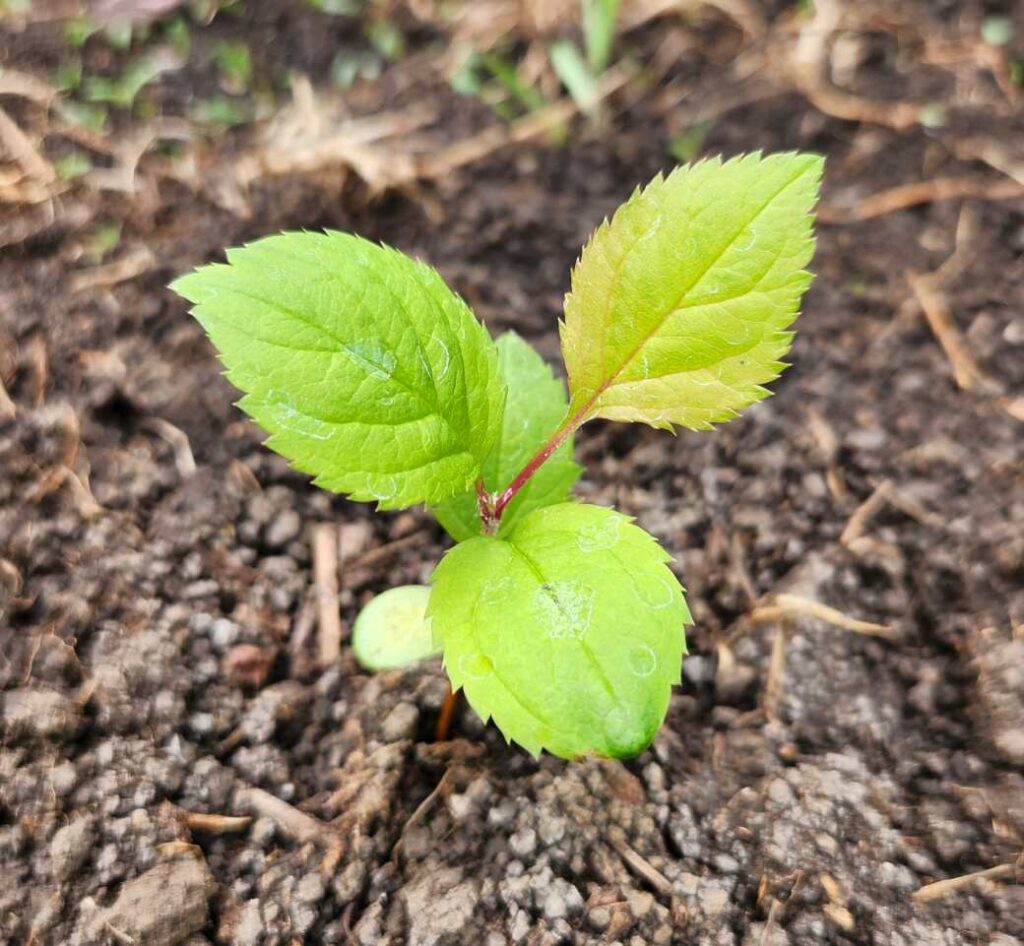

Care of Apple Seedlings
Newly transplanted seedlings need sufficient water while they establish their root systems in the ground. Around here, that means watering every non-rainy day for the first few weeks. One benefit of frequent watering is that it provides opportunities to check your plants for pest damage. If you notice rolled leaves or leaves missing pieces, check for caterpillars and/or worms. If found, pick them off and squish them or throw them away (far away from your apple trees).
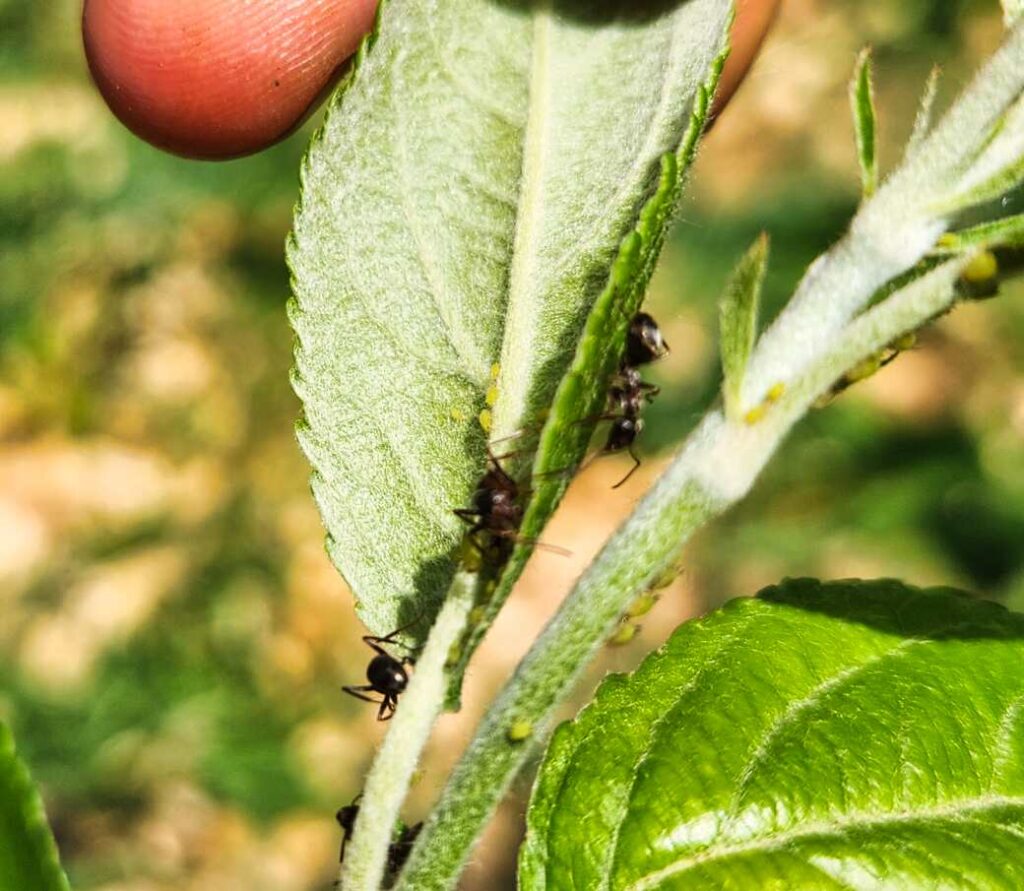
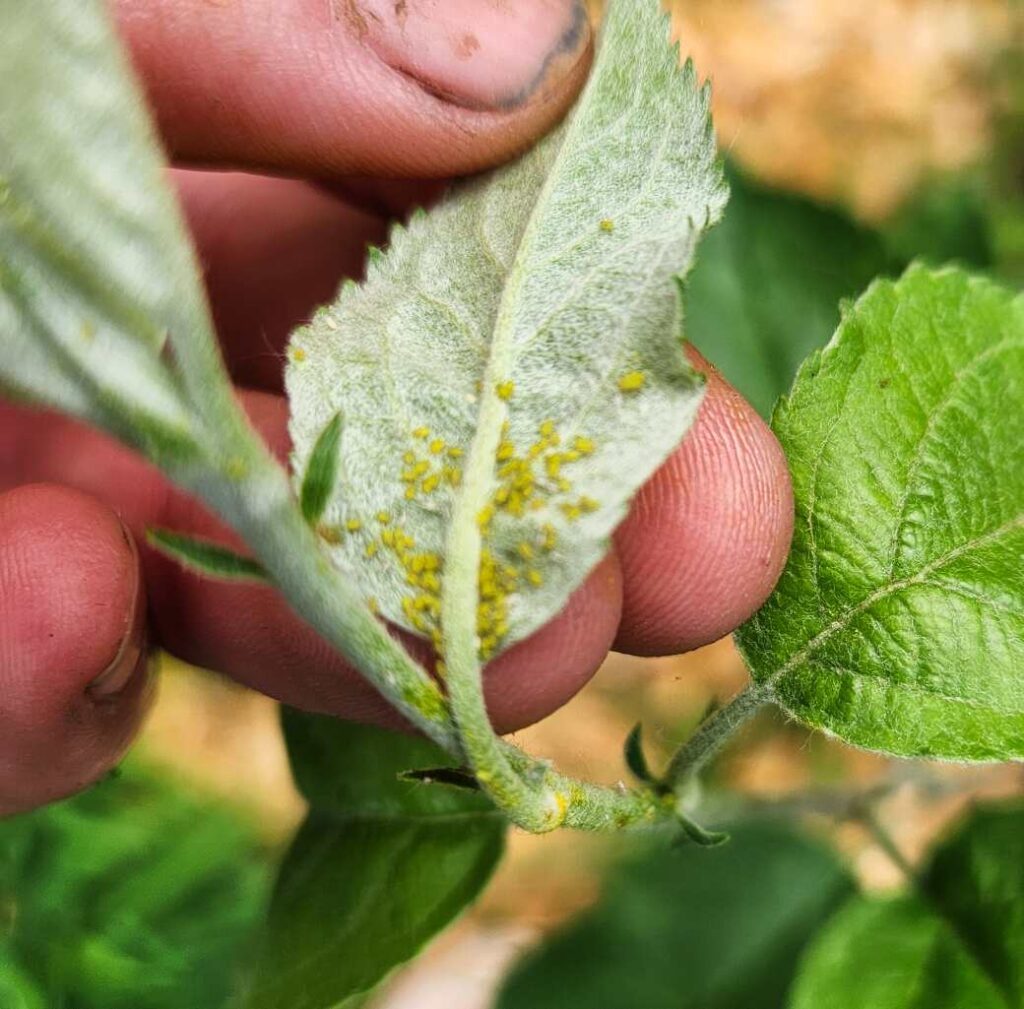
Caterpillars are not your apple trees’ only enemies; unfortunately. If you see sugar ants marching on your apple trees, it is likely that they are farming aphids. These ants protect aphids in exchange for honeydew, a sugary substance that aphids secrete. These ants can be quite bold about their tasks. While weeding my seedling bed recently, I found ants on five of my seedlings. The undersides of the leaves had aphids, which I proceeded to squish by hand. While doing this, several ants ran to the aphids, grabbed one, and ran down the plant with it before I could squish it. I’ll be back to re-check these plants in a few days to make sure the ants haven’t brought more aphids back.
The Long Game
After five years or so, seedlings will reach maturity and begin producing apples. As each apple seed has a different combination of DNA from its parent and pollen parent, all seedlings will produce unique apples. This means that any seedling I have planted this year might produce some new, wonderful combination of flavors. Many of the seeds I planted this year are open pollinated from heirloom orchards, so I have absolutely no idea what they might produce. A few were intentional crosses and I hope they produce northern-friendly red-fleshed apples (rubyiat x sunrise) or intensely flavored apples (tomboy crab x jellybean cider). Next year I hope to have seeds from my own intentional crosses to plant and add to the apple seedling adventures.
I plan to keep my seedlings in small rows, spaced approximately 18″ apart. No, this is not optimal spacing for trees. However, I anticipate some will not survive, which will give the stronger trees a bit more room. Additionally, as the trees begin to fruit, any that don’t impress me will be cut down. Based on Skillcult’s blog, I expect around 50% will be axed within a few years of fruiting. Additionally, I’ll cut scion wood from any exceptional varieties and graft them onto trees elsewhere with more space.
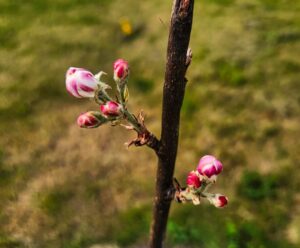
Are you growing any apple seedings? Have you grown any of Skillcult’s apple crosses? I’d love to hear about any new, fun varieties from your efforts!
